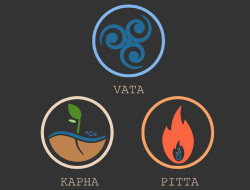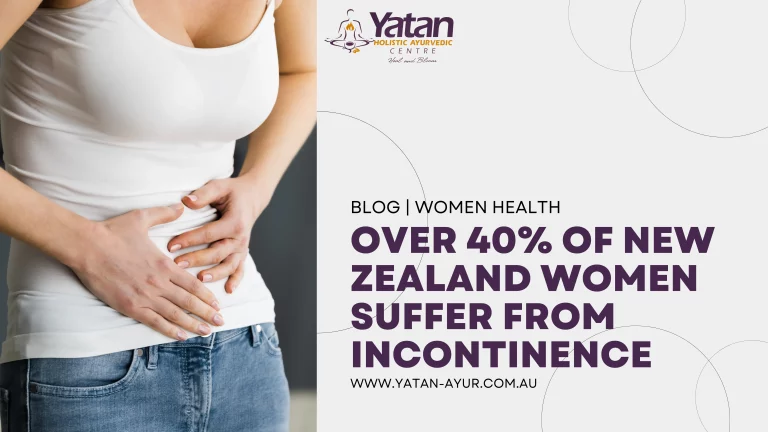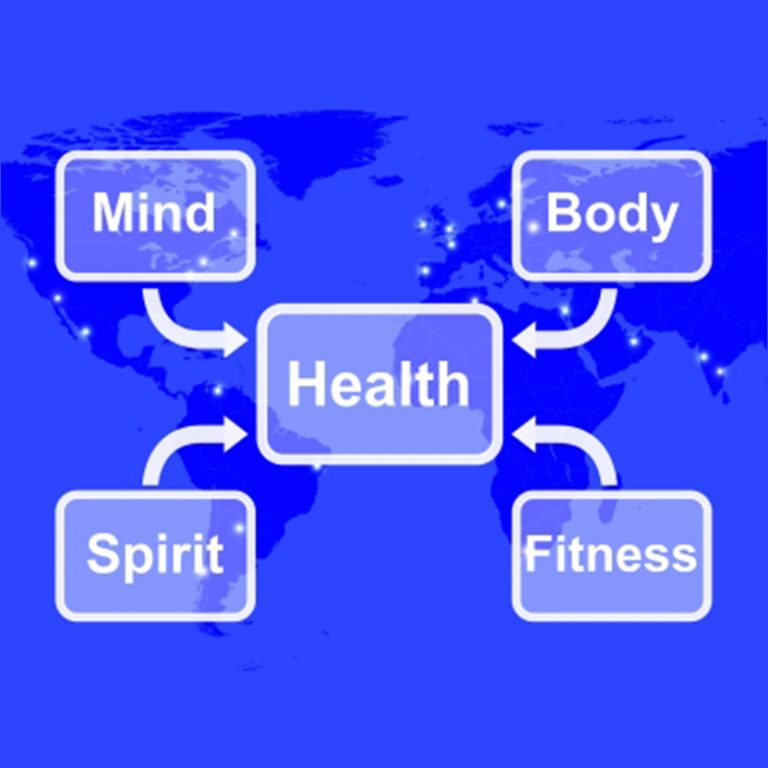From High Blood Pressure to Diabetes: Managing Multiple Illnesses and Multimorbidity with Ayurveda
Once over the age of 40, multiple chronic illnesses tend tocrop up. This is partly because of the ageing system’s gradual depletion of hormones, but it can also be attributed to our own lack of attention and care.
Multiple illnesses don’t happen all in one go. It can take years for one disease to develop due to things like a bad diet, chronic stress, even a toxic environment. But it may take only a matter of weeks or months to reverse it, if you catch it in time.

According to the Australian Institute for Health and Welfare, 47% of Australians (more than 11 million people) were estimated to have 1 or more chronic conditions in 2017–18 (ABS 2018). These include diseases such as mental and behavioural conditions, back problems, arthritis, asthma, and diabetes for those aged 45-64.It is also estimated that 20% of Australians (4.9 million people) had 2 or more of the 10 selected chronic conditions in 2017–18, a state of health known as multimorbidity (ABS 2019).Females were more likely to have multimorbidity than males.
It looks like Australians have a lot on their plate in terms of health concerns, and popping pills for every single one of them just isn’t cutting it. So, what can be done if you are already dealing with multiple illnesses, according to the ancient science of Ayurveda?
The Domino Effect of Multiple Illnesses
More often than not, one disease is the result of another disease that has been left unchecked and untreated for years.
This is what I call the Domino Effect of multiple diseases, and it’s sequence will usually look like this:

- High blood pressure. This is the first stage indicating that something is wrong within your system. High blood pressure signals that the heart is working overtime to pump out blood and nutrients, but is not doing a great job at it.
- Arthritis and/or joint pain. This is the next symptom that will arise. After constricting the arteries and nerves while putting pressure on your heart, your high blood pressure will then lead to stiff joints, as blood and nutrients will fail to adequately nourish your bones and cartilages.
- Gout. This third phase of the Domino Effect is amore intense inflammatory response to the already existing arthritis and joint pain. It is your body’s way of crying out that it requires your immediate attention, and it’s trying to convey this message to you through very obvious symptoms, like red, tender, and visibly swollen joints.
- Diabetes. When diabetes and blood sugar conditions begin to arise, it is an indication that the pancreas is now also being affected by the lack of optimal blood and nutrient circulation. It is now sluggish and does not produce adequate insulin, which also means you now have an endocrine disorder.
- Digestive problems. This is final indicator of an overall systemic malfunction. When the digestive system is burdened, sluggish, or compromised in any way, it is a sign that one or more underlying conditions exist.
You can now probably understand the importance of catching a seemingly simple condition, like blood pressure, early on, and the consequences of not doing so. But how can Ayurveda help you when all these diseases have already developed?
Symptoms of Dosha Imbalance
Ayurveda understands, categorises, and analyses symptoms according to one’sbody type, known as the dosha. But the doshas also represent elements that exist in varying rations within our bodies; when they are balanced, health is optimal.
As Ayurveda perceives it, disease is simply a manifestation of an aggravated dosha – thus multiple diseases indicate multiple aggravated doshas. Let’s take a deeper look into the exact symptoms per doshaaggravation:

- Vata aggravation: Dehydration of the system, dry skin, inefficient joint lubrication, arthritis, weight loss, constipation, insomnia, tremors, overall physical weakness, increased worry.
- Pitta aggravation: Digestive problems (indigestion, acid reflux, lack of enzymes, etc), liver problems, irritability, sweating easily (heat intolerance), fever, skin rashes, inflammation, swelling, excessive thirst and hunger, bad odour, yellow fecal matter.
- Kapha aggravation: Obesity, bloating, swelling, coughing, asthma, varicose veins, excess urination, nausea, cold extremities, recurrent fungal infections, depression, lymphatic congestion.
By looking at these symptoms, you can already see that each of the diseases we described earlier in the Domino Effect applies to a different dosha aggravation. When all doshas are aggravated in varying degrees, the system becomes ridden with toxicity (ama) which is also directly connected to digestion (hence why digestive problems mark the final stage of the Domino Effect).
But how is the system treated? And does Ayurveda tackle one illness at a time or all simultaneously?
The Ayurvedic Plan: How to Remedy Multiple Illnesses
Ayurveda never provides ‘one-fits-all’ remedies no matter the disease. In the case of multiple diseases, we offer the following options at the YATAN Ayurvedic Centre:

- An initial consultation where we will examine your symptoms and pinpoint the affected doshas. For those unable to attend a face-to-face consultation, this first consultation can be done by phone/live video.
- A treatment planbased on your dosha and the internal doshas that require correcting. This plan may includevarious lifestyle tweaks, dietary recommendations, and even the use of some of our products.
- A series of remedies or acompounding combination that includes multiple remedial Ayurvedic herbs. Either way, this will be prepared for you specifically by the Ayurvedic practitioner.
Tackling multiple illnesses may require a treatment that lasts several weeks or even months. This is why multiple follow-up sessions may be recommended. The following must also be taken into account upon your visit to an Ayurvedic practitioner:
- Your medical history.
- Any medication you may already be taking (as this will most likely counteract the all-natural Ayurvedic prescription).
- Your tolerance level of certain foods, spices, and herbs.
- Any treatments you may have undergone, like chemotherapy.
Conclusion
It is key to catch any kind of illness early on, particularly when complications and further diseases are prone to occur.There are various warning signs along the way which you shouldn’t ignore, and it all starts with a peak in your blood pressure. The final stage is evident via problems affecting the digestive system – the last signal your body gives to grab your attention.
At our Yatan Holistic Ayurvedic Centre in Sydneywe can formulate the remedies and create a treatment plan tailored just for you and your particular dosha while addressing systemic dosha imbalances and multiple illnesses.
Are you dealing with high blood pressure, arthritis or diabetes? What about digestive problems? You may have multiple illnesses without even knowing it.Contact us today for a phone consultation or book an appointment online.
Disclaimer: This article is not intended to substitute medical advice. All information and resources referenced, including medicinal preparations, fitness, dietary and lifestyle recommendations, are based on the opinion of the author. Please consult a medical practitioner if you require advice or are experiencing any worrisome symptoms.

*Discover holistic healing with a complimentary phone or video consultation from our expert Ayurvedic practitioner. Start your path to better health today!*























